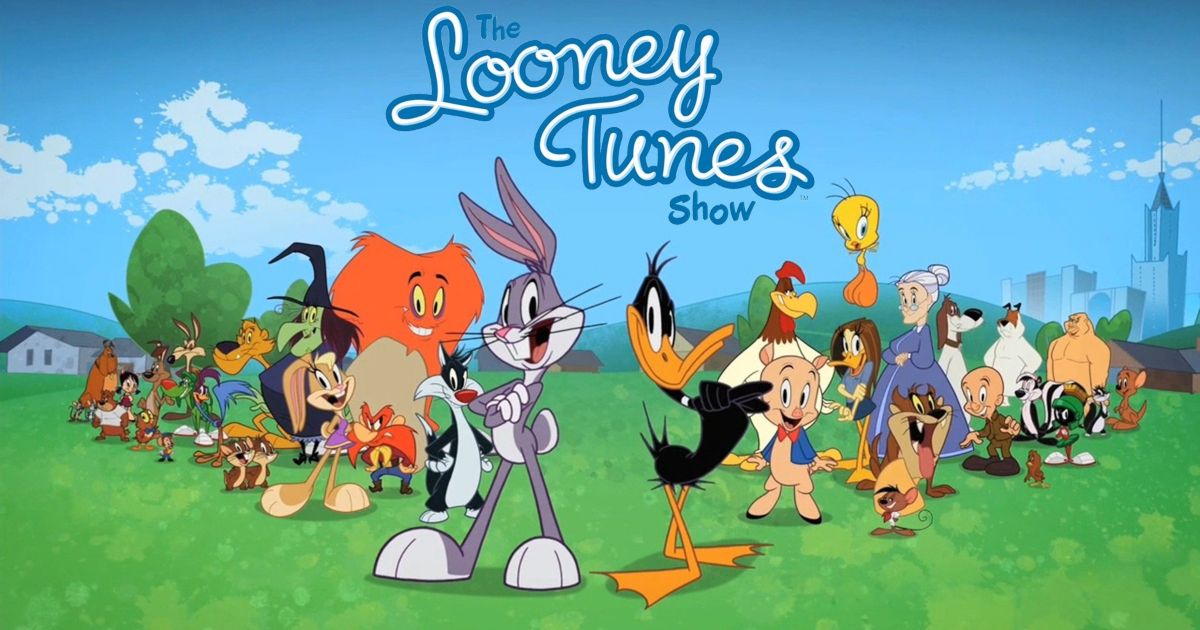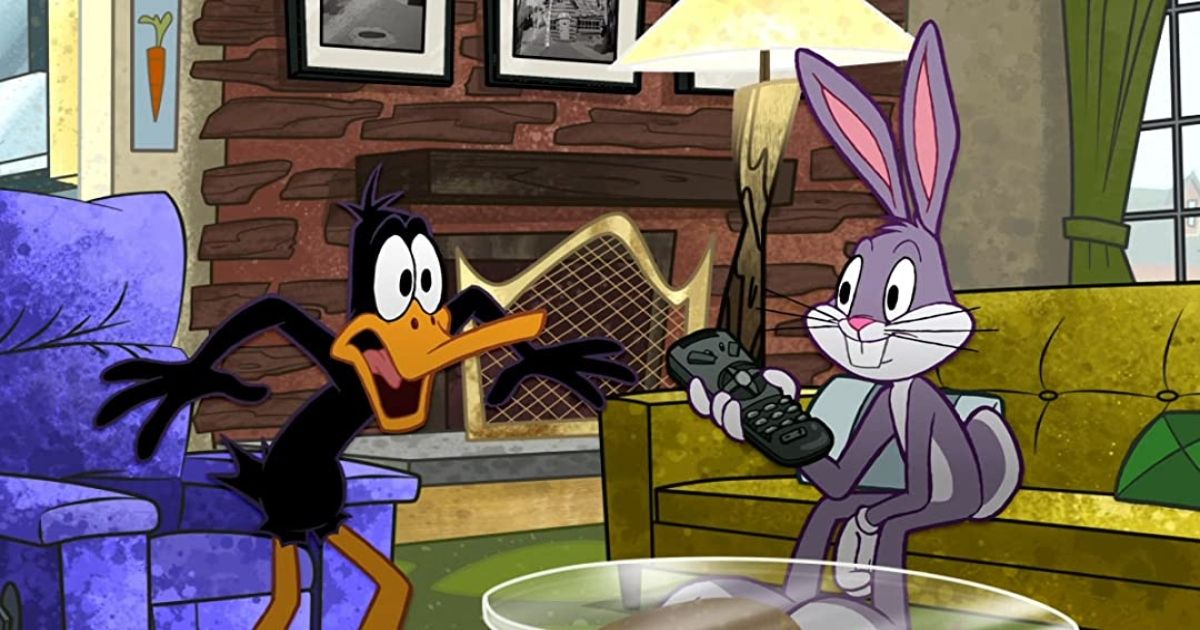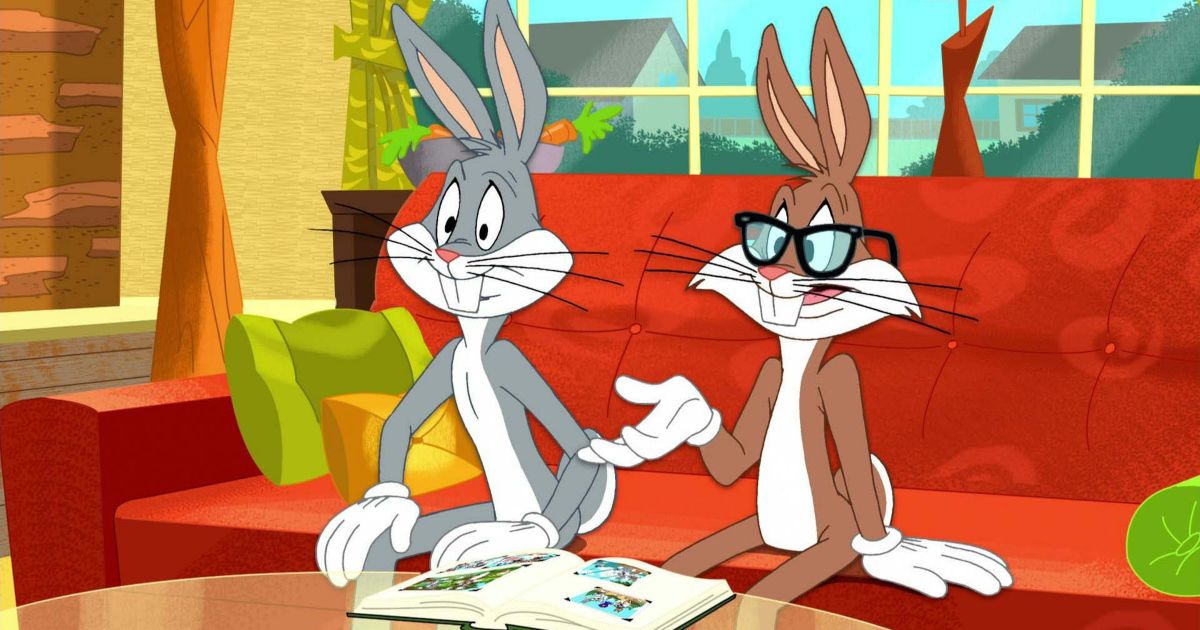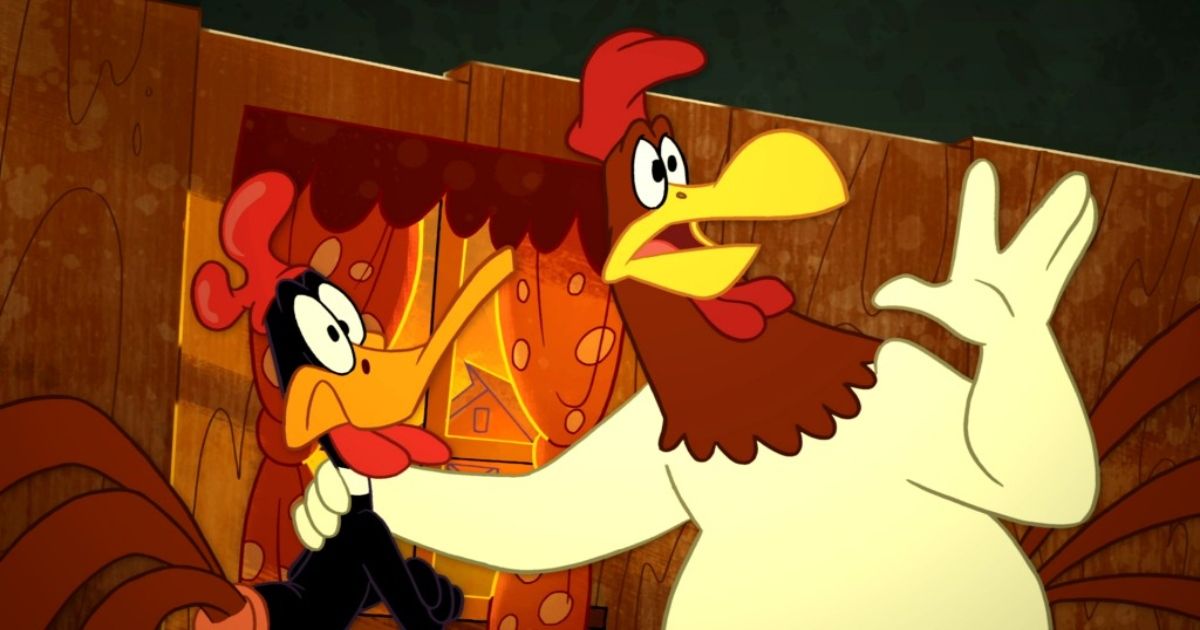With a franchise as big as the Looney Tunes, one can expect there to be countless variations on the characters and formula throughout the decades. While some fair better than others, there have been few interpretations more controversial to fans than 2011's The Looney Tunes Show. Utilizing a more contemporary format for the classic toons, many viewers related the series to that of Seinfeld in its dry humor and focus on a more domesticated atmosphere. Those who air more on the critical side use these attributes against the show, claiming that what made the original characters so "looney" had been lost.
With any new version of an existing property, there will always be those die-hard fans of the franchise who will refuse to see what a fresh take has to offer. While criticisms for the show aren't all unfounded as there are flaws in anything, writing something off before giving it the proper chance to show what it can bring to the table is a disservice to both the creators of the product, and the viewers who may find something to enjoy. Having fans torn and general audiences put off, let's see if The Looney Tunes Show truly had an entertaining new idea, or is better off buried.
So What's Up, Doc?
The cartoon itself centered around Bugs Bunny, living in his suburban home along with his roommate Daffy Duck. The world the two inhabit is also populated by all the classic Looney Tunes characters that many have been made familiar with, who take part in the buffoonery and exploits within each episode in various ways.
Right off the bat, it's easy to see what may have put off potential viewers, placing these larger-than-life animated creations in relatively down-to-Earth scenarios and settings may seem like a complete missing of the point. Though while these complaints aren't entirely incorrect, Seinfeld comparisons being plentiful, it doesn't mean the cartoon itself isn't worth a shot.
Placing characters in a more realistic setting doesn't necessarily imply that what made the original shorts so great is now missing. There exists countless hours and episodes of Looney Tunes that utilize a more traditional and wacky presentation, both new and old. Going off the beaten path to try something new, while still maintaining the character traits and behaviors that define and popularize your cast of animated toons is ultimately the best way to keep the franchise fresh. What came before will always remain to be enjoyed by fans for all time, but that doesn't mean room can't be made for a different take.
With all this talk of domestication and more tame stories, it would seem as if The Looney Tunes Show would have very little to offer in terms of actual looniness, though this wouldn't be the case. Slapstick and ridiculous scenarios still run rampant within the now elongated format. The original shorts would all hover around 7-10 minutes, meaning changes had to be made for longer television time slots. While most of the additions to the cast's personalities and stories were much-needed modernizations and improvements, there still remain a good chunk that definitely missed the mark.
The Good, the Bad, and the Despicable
Paving a way for these characters to be in brand-new scenarios, allowing for more comic possibilities, is a commendable trait that the cartoon has going for it. Though not every change can be an improvement, and not every joke can hit a bullseye. One major complaint that many have against the program would be directed towards its music videos that would air after each episode (which in itself would be a reference to the Merrie Melodies era of Looney Tunes).
While the idea isn't a bad one inherently, with many of the songs being cute and fun little show cappers, there were still a good few that elicited groans and were disliked for going on far too long. To create a full animated music video and accompanying song for each episode could be a bit of a creative stretch for the team at work behind the scenes, and eventually would be changed to only doing the musical outings once in a while instead.
The writing within the main episodes can be very clever, placing the cast in situations such as going to the DMV or dealing with telemarketers, concepts that on paper are quite normal, though when placed in the hands of the Looney Tunes are taken to their absolute extreme, yielding satisfyingly goofy results. Not every episode can be a big hitter, and neither can every creative decision be a good call, such as making the Tasmanian Devil a house pet akin to a dog, a choice that didn't seem to be fleshed out enough in a comedic sense. It's a forgivable set of miscues, though, given the enjoyment brought on from when the show is at its strongest, creatively and comically.
That's All, Folks: Canceling The Looney Tunes
Lasting from 2011 to 2013, The Looney Tunes Show garnered two seasons with a total of 52 episodes. Remaining well-liked by critics, the initial torn audience reaction has seemed to have calmed down, with many looking back on the show with reverence for trying something different, a concept that becomes easier to absorb as more time passes. The fact that the series was followed by more traditionally styled shorts and cartoons only helps exemplify what made this bizarrely contemporary take stand out in the best ways.
Much in the same vein as Scooby-Doo or Batman, The Looney Tunes is one of those franchises we see popping back up every few years or so with a new coat of paint (take, for instance, the recent King Tweety). Flawed and rough around some edges, The Looney Tunes Show will forever be an entertaining if not underappreciated endeavor that fits nicely among the Looney Tunes legacy. So as long as the new interpretations are made with the same amount of respect towards what made the original shorts popular, they should always be welcome.




